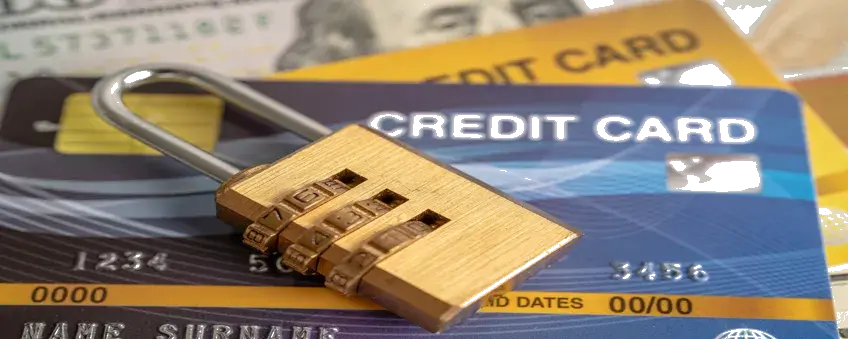On April 1, 2025, Visa is introducing a new version of the Visa Acquirer Monitoring Program, a consolidation of their previous monitoring programs: the Visa Dispute Monitoring Program, the Visa Fraud Monitoring Program, Visa Fraud Monitoring Program-3DS, the Digital Goods Merchant Fraud Monitoring Program, and the existing version of VAMP. While VDMP was initially responsible for monitoring chargeback rates and VFMP handled monitoring fraudulent transaction rates, VAMP will be evaluating both of these issues together using the VAMP Ratio. The new version of VAMP will also replace 38 existing remediation processes, streamlining them into one single process.
Key Takeaways
|
As a result of this change, merchants will need to understand both their fraud rates and chargeback dispute ratios as VAMP unifies their two main monitoring programs. The program will introduce new, globally aligned thresholds for domestic and international card-not-present transactions. While VDMP had an Excessive classification threshold of a 1.8% dispute ratio and VFMP's Excessive threshold was a 1.8% fraud rate, VAMP will place merchants into the Excessive classification if their VAMP Ratio exceeds 1.5% (decreasing to 0.9% in 2026).
VDMP and VFMP also both initially issued early warnings if merchants' dispute ratios and fraud rates each hit a threshold of 0.65%. VAMP removes this category, classifying merchants as either Compliant or Excessive. Another metric the program will use is the Enumeration Ratio for Card-Testing Fraud. The Enumeration Ratio will flag merchants if 20% of their authorization requests are card-testing attempts unless the overall number is under 300,000. This metric aims to track the number of fraudulent authorization attempts made by criminals testing stolen credit card details.
|
VAMP Ratio *Sum of card-not-present (CNP) Sum of card-not-present (CNP) |
**VAMP Enumeration Ratio # of CNP enumerated authorization transactions # of CNP authorization transactions |
Acquirer Performance
| Fraud/Dispute Count | Dispute to Sales Count | |
| Excessive | >1,000 | >0.5% |
| Standard | >1,000 | >0.3% >0.5% |
Merchant
| Fraud/Dispute Count | Dispute to Sales Count | |
| Excessive | >1,000 | >1.5% |
| Excessive (Jan. 2026) | >1,000 | >0.9% |
Enumeration (auth attempts)
| Fraud/Dispute Count | Dispute to Sales Count | |
| Excessive | >300,000 | >20% |
| Excessive (Jan. 2026) | >300,000 | >20% |
Impacts of VAMP
There will be a number of consequences resulting from VAMP's revamp. Merchants will now share liability for excessive fraud and chargeback disputes with their payment processors. If merchants exceed these new thresholds, they will have to pay an additional fee of $10 per dispute. However, under Compelling Evidence 3.0 (CE3.0), merchants will also now have the chance to shift liability back onto the card issuer if they can provide a history of legitimate transactions.
There are also new compliance deadlines. Now, merchants who are enrolled in VAMP must submit a remediation plan to reduce the level of disputes or fraud on their accounts within 15 days of being flagged. To be able to exit the program, merchants need to go three consecutive months staying under the control thresholds for fraud rates and chargeback disputes.
What Merchants Need to Do
Merchants running e-commerce businesses or accepting card-not-present payments will need to monitor their transactions more closely to keep track of their fraud rates and dispute ratios. They will also need to implement stronger fraud prevention methods and tools, including an Address Verification Service, CVV checks, real-time fraud detection, and 3-D secure authentication.
Visa's intent with the updated VAMP system is to create a more comprehensive fraud detection system. As the payments ecosystem evolves, so too does the level of fraud, chargeback disputes, and enumeration attacks. Consolidating all their monitoring programs into one enables a more streamlined approach to risk management using a unified metric system in the VAMP Ratio.





